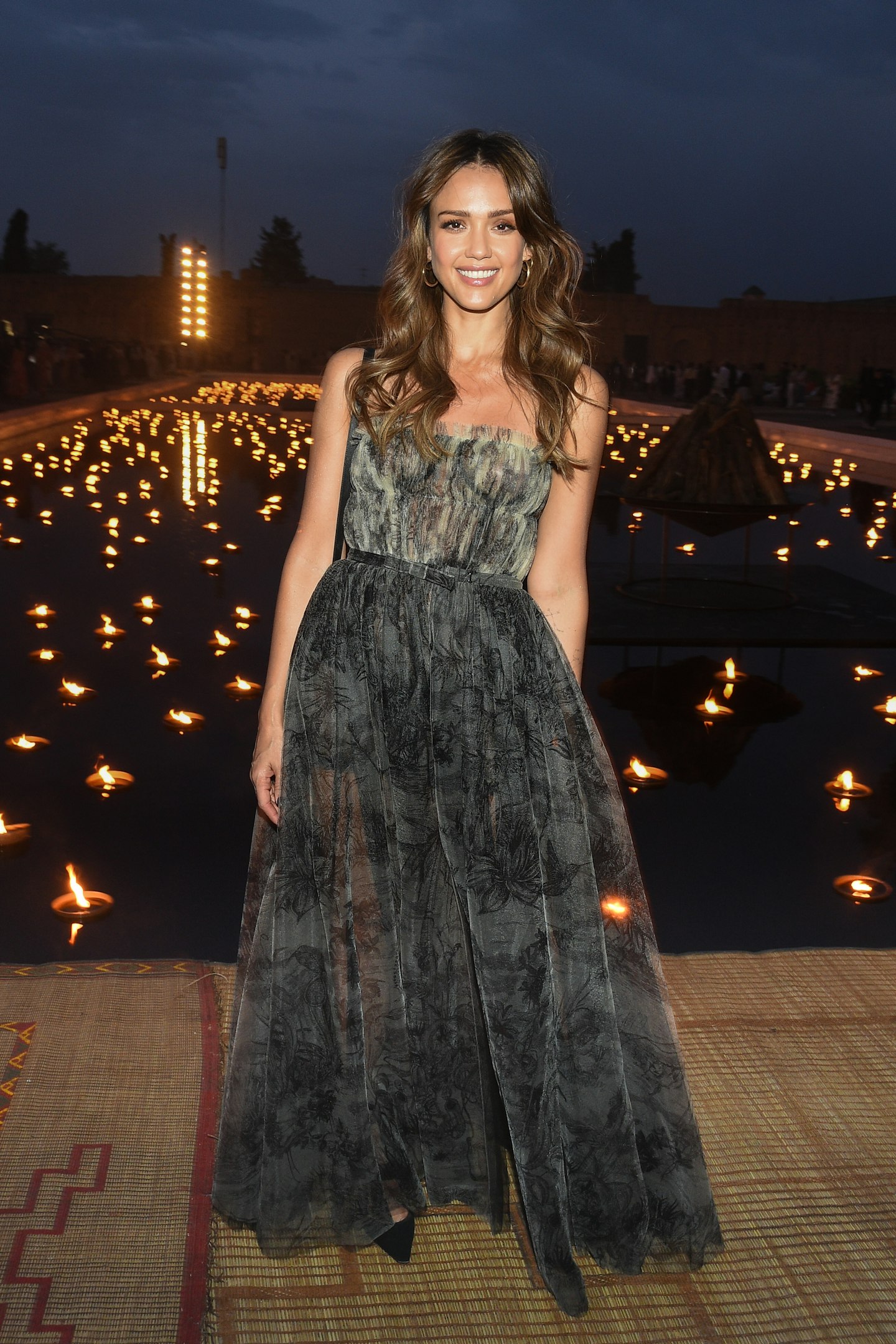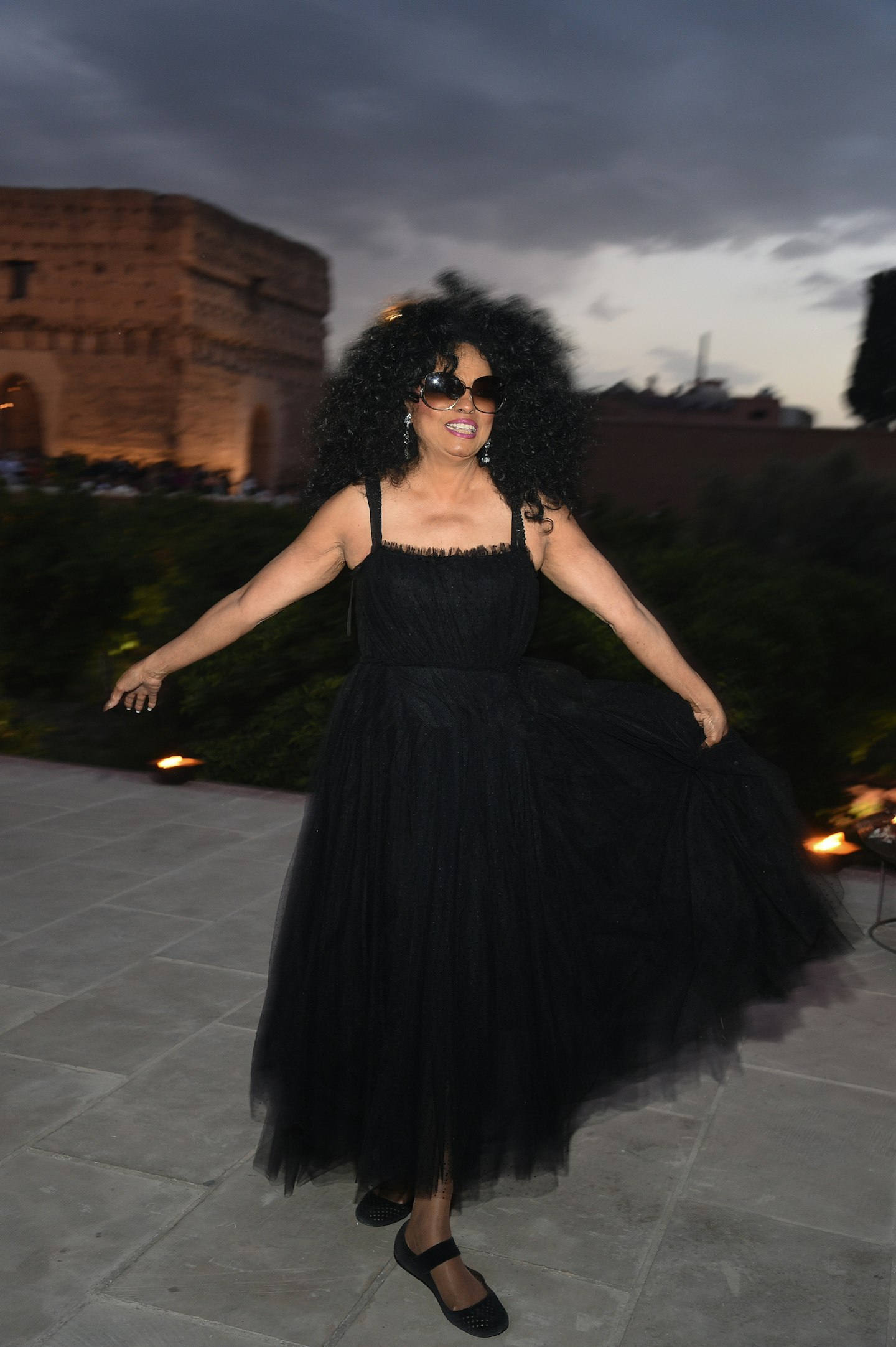For its Cruise collection, Dior decamped to Marrakech, where the likes of Lupita Nyong'o, Jessica Alba, Karlie Kloss and Diana Ross were all in attendance (dressed head-to-toe in Dior, of course) to witness the candlelit spectacular. The overarching theme of the show was one of commonality, of a "cultural dialogue", explored through a collaboration between the fashion house and a number of artists.
While fashion has long been criticised for cultural appropriation in some instances, Dior's creative director, Maria Grazia Chiuri, was keen to celebrate African craftsmanship by working directly with African designers, as well as artists whose work explores similar themes. As well as working in collaboration with many, Chiuri also asked some individuals to create specific pieces for the collection.
Pathé’O, one of Africa's leading designers, for example, created a shirt which paid tribute to the late Nelson Mandela. British-Jamaican artist and designer Grace Wales Bonner, who has explored black identities throughout history in a lot of her work, produced her own take on the iconic Bar jacket – first seen as part of Dior's New Look of the 1950s.

Chiuri sourced African fabrics and employed the perspectives of various different people across different cultures, resulting in a beautiful collection that felt celebratory. She also worked with Uniwax – a textile manufacturer based in Ivory Coast, which perpetuates the extraordinary savoir-faire that makes wax a precious and culturally rich fabric– and Sumano, an association that aims to revive the traditional women’s crafts of North African tribes, including painting on pottery, the art of weaving and vegetal dyeing.

This just goes to show the potential power that the fashion industry has to uplift and empower people across the world, including protecting traditional forms of manufacture and craft. Let's hope that Dior sets a trend.

